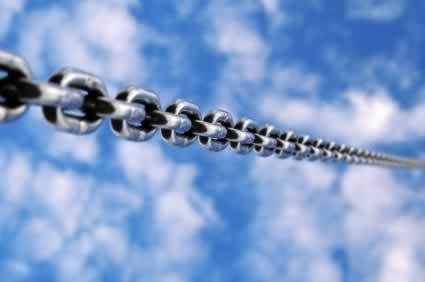Section 8.1 - Before You Go On… 1. What is a Transactional Processing and the role of TP systems. State the key objective of TP/TPSs.
TPS is the transaction processing system. It collects, monitors, stores and processes data in a database. All this information is inputs to the businesses database.
TPS allows the owners of the business to get functional information from every purchase such as knowledge management, customer relationship management and e-commerce.
Key objectives include
- Collect and store functional information,
- Ability to handle high volume efficiently,
- avoid errors,
- maintain privacy and security.
Section 8.2 - Before You Go On… 1. What is a functional area information system? List its major characteristics.
A functional area information system provides information via reports to lower and middle level managers in their functional areas mainly used to help plan control and organise operations.
- Major characteristics include
-They provide routine reports at scheduled intervals
-They provide Ad-hoc reports when needed and
-Exception reports which are reports with information not related to the other two reports.
2. How does an FAIS support management by exception? How does it support on-demand reports?
It supports management by exception as some managers prefer this. They prefer simpler reports with information only relevant to them.
It supports on-demand reports as exception reports are only needed when they are on demand(ad-hoc).
Section 8.3 - Before You Go On… 1. Define ERP and describe its functionalities.
ERP is Enterprise resource planning systems which integrate planning, management and use of all of an organisations resources. This allows information to flow seamlessly across all the functional areas.
This allows certain functional areas to be affected by others thus making all information accurate and up to date.
Also allows a business to control its business process(set of steps to reach specific outcome.
2. List some drawbacks of ERP software.
Some drawbacks of ERP include:
-It is extremely complex software
-It is very expensive software
-Time consuming to implement
Section 8.5 - Before You Go On… 1. Define a supply chain and supply chain management (SCM).
A supply chain is the flow of materials, information, services and money from raw materials through factories and warehouses eventually ending at the customers.
Supply chain management is the plan, organisation, information and service provided to customers.
Used to reduce friction along the supply chain by reducing costs, and time.
2. List the major components of supply chains.
Major components of supply chains include:
-Supplier
-Manufacturer
-Wholesaler/distributor
-Retailer
-Customer
3. What is the bullwhip effect?
The bullwhip effect refers to erratics shifts in orders up(orders, info, payments, returns) and down(Products, services, info) the supply chain
4. What are some solutions to supply chain problems?
Solutions to supply chain problems include:
- Using inventories-building up securities again supply chain uncertainties
- Information sharing-along supply chain
- Vertical integration-cutting away suppliers.
EDI is Electronic Data Interchange which is a communication standard that enables business partners to exchange routine documents eg purchase orders electronically.Usually sent through the Internet.
Limitations include:
-Needs significant initial investment as costs are high
-High ongoing operation costs
-EDI systems are very inflexible.

No comments:
Post a Comment